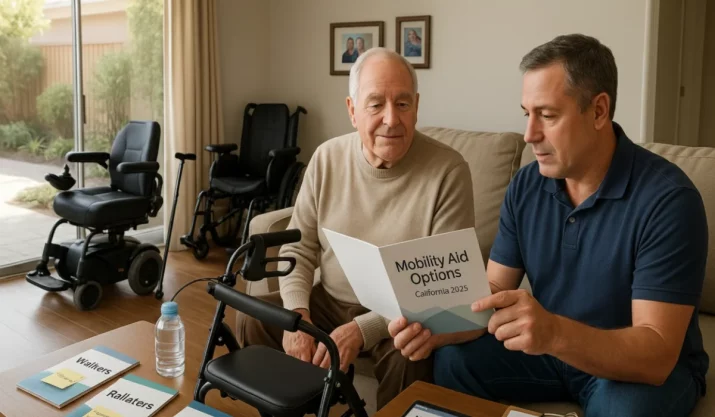22 Indoor Activities for Seniors
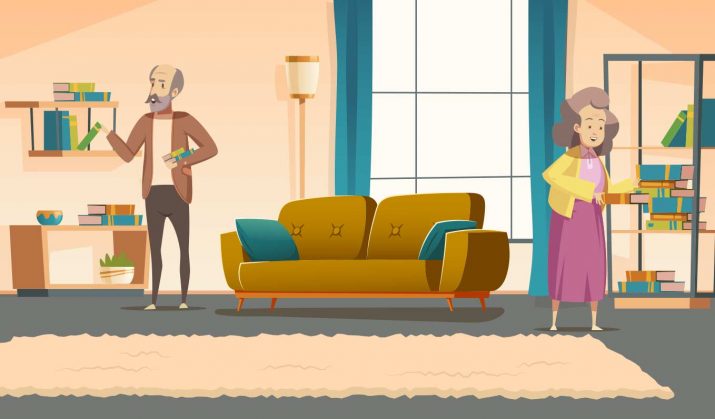
Table of Contents
- 1. Exercise
- 2. Skype with Loved Ones
- 3. Organize Photographs
- 4. Engage with Others on Social Media
- 5. Make a Playlist
- 6. Listen to a Podcast
- 7. Engage in Cognitive Stimulation Activities
- 8. Play Games
- 9. Bake or Cook
- 10. Read
- 11. Arts and Crafts Projects
- 12. Have a Spa Day
- 13. Explore Genealogy
- 14. Indoor Gardening
- 15. Write
- 16. Watch Old Movies or Classic Comedies
- 17. Learn a New Skill
- 18. Help with Charity Projects
- 19. Watch Church Services Online
- 20. Make Your Own Cookbook
- 21. Watch a Concert on YouTube
- 22. Shop Online
We are now experiencing a time when we all have to take steps to prevent the spread of the Coronavirus, COVID-19. During this time of social distancing, it can be easy to get bored and feel excessively isolated from others, but staying indoors doesn’t have to mean being bored. There are still plenty of fun and interesting things you can do to keep busy and to connect with your family or caregivers while remaining safely indoors.
Whether you are home alone or with family members or caregivers, below are some activities to try. You may already be doing some of these things, but there may be some you haven’t tried or thought of yet, so we have created this list for you to encourage you to step outside of the proverbial box and try some new hobbies or activities. And even if you can’t be around the people who are important to you, you can still connect with each other.
1. Exercise

What’s Needed: Equipment varies according to the type of exercise but may include a chair, dumbbells, exercise bands, DVDs, television, computer, or tablet
Difficulty: Easy to Moderate
There are many different types of exercises that you can do indoors either alone or with a family member or caregiver. If you are accustomed to physical exercise, you could try calisthenics, yoga, dancing, or Zumba. If you don’t have workout DVDs, you can use YouTube videos for ideas. If you have limited mobility, you could try chair exercises, which are effective options for staying fit for those who have mobility issues. Make sure to check with your doctor before starting a new exercise program.
2. Skype with Loved Ones
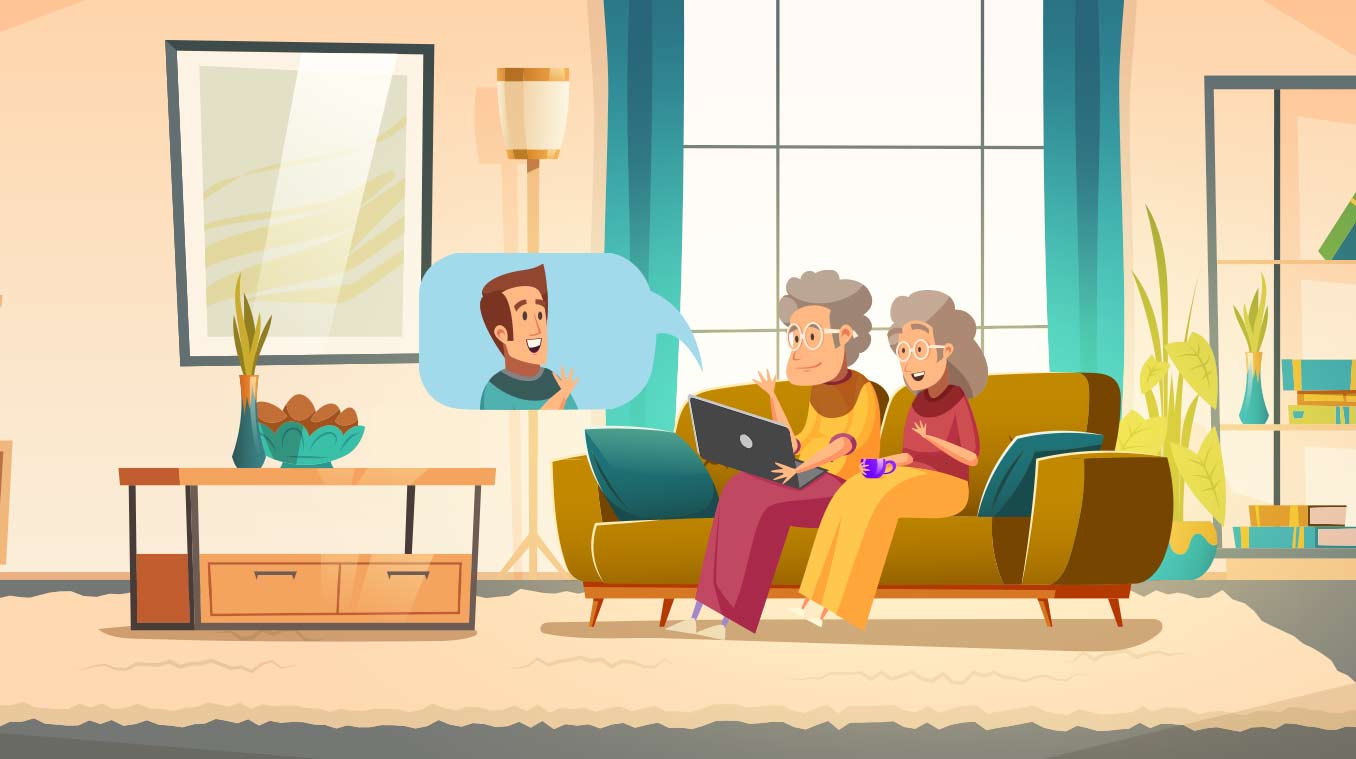
What’s Needed: Smartphone, tablet, or a computer
Difficulty: Easy
Using technology is a great way to stay connected while practicing social distancing. One fun way to do this is to communicate with friends and family anywhere in the world with the online video and phone platform, Skype. Skype’s service is free, and you can easily download it onto your computer, tablet, or smartphone, and start communicating. Here is a great guide on how to use Skype.
3. Organize Photographs
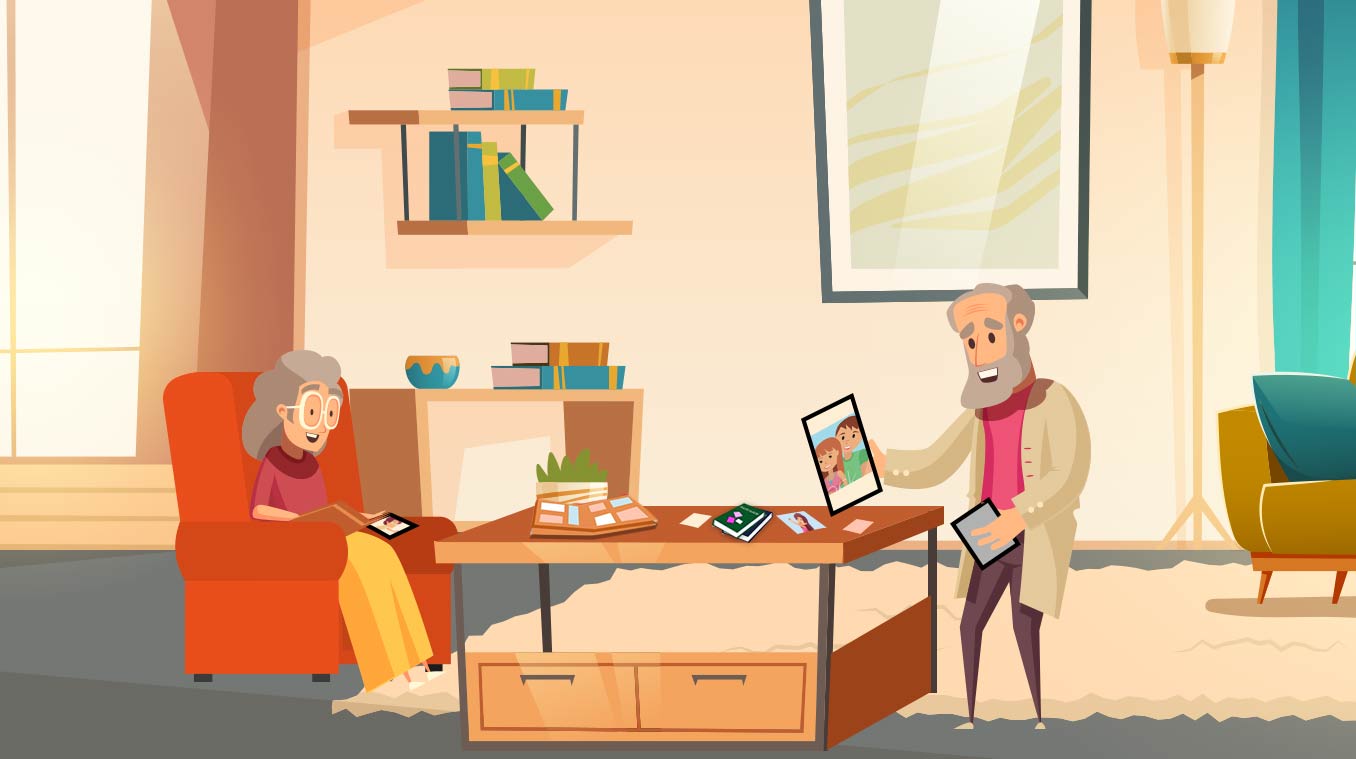
What’s Needed: Scrapbooking supplies or computer, scanner, and flash drives
Difficulty: Easy to Moderate
If you have boxes of loose photos lying around, you could start sorting through them. If you find photos that are not labeled and you know the identity of the people, you should label them properly so other family members will know who they are. This might also be a good time to use some of these photos to create a scrapbook, or you could scan them to create digital copies for your family or display in a digital photo frame. If you are staying indoors with other family members, this can be a fun way to share family history and stories with them.
4. Engage with Others on Social Media
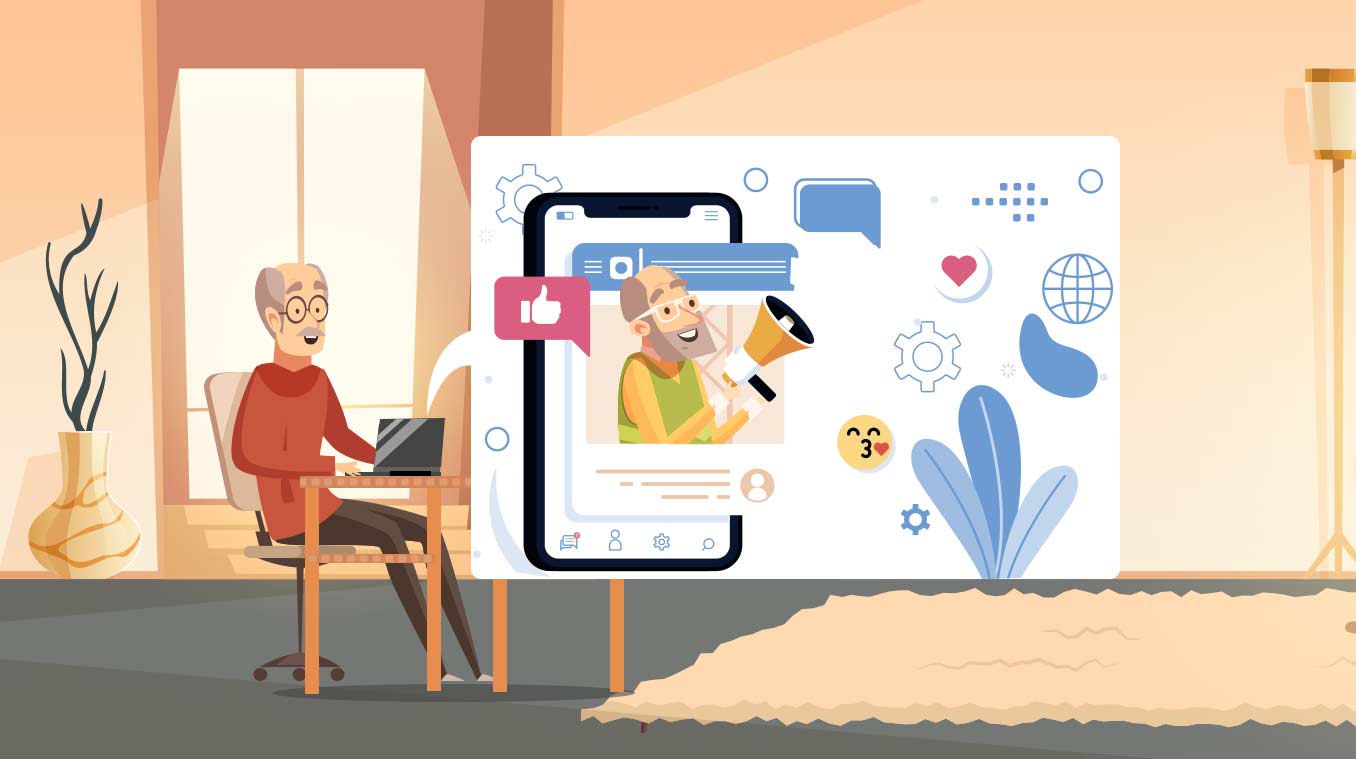
What’s Needed: Computer or tablet, social media account
Difficulty: Easy
For those who must remain at home, social media can be a great way to stay connected to friends and family. If you don’t have social media accounts, now is the time to get started. And aside from communication with family and friends, you can also use social media as a way to connect with groups of people who share similar interests or hobbies with you.
5. Make a Playlist
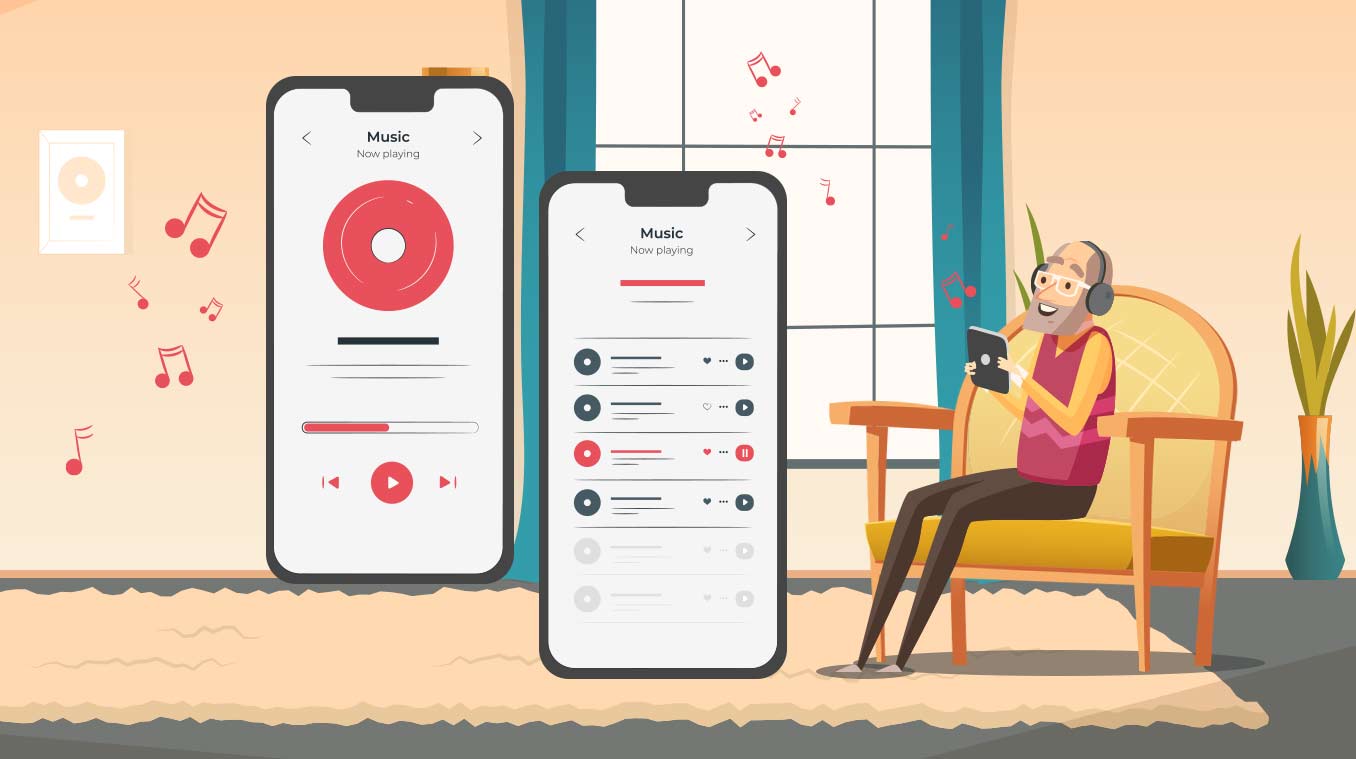
What’s Needed: Computer, tablet, or smartphone, and music app
Difficulty: Easy
One way to bring a little fun into the day is to set up a playlist of your favorite music. If you don’t subscribe to a paid music service, there are apps, such as Spotify, that offer free versions, and although they may include advertisements and have limitations on certain songs, they can still be a good place to start. Other services, such as Pandora, offer some free services, free trial periods, and a monthly fee.
6. Listen to a Podcast
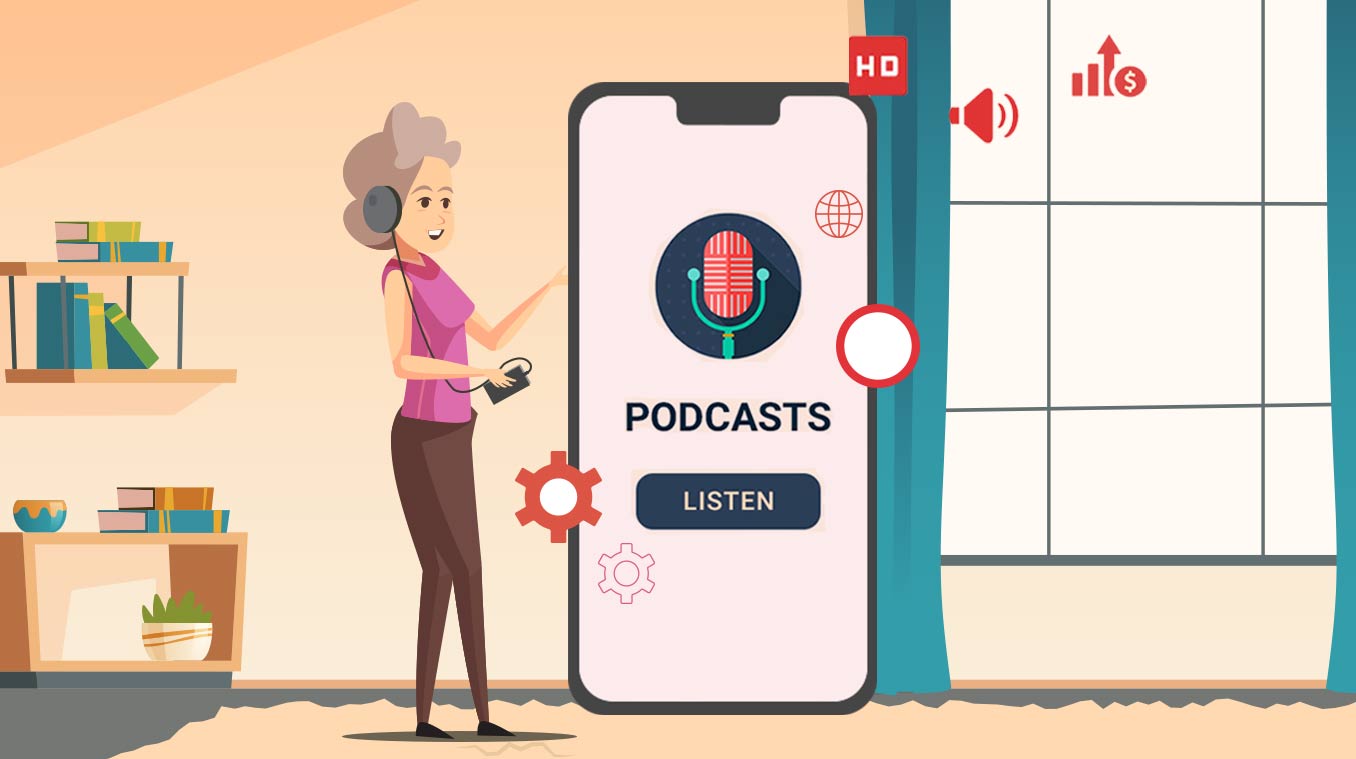
What’s Needed: Computer, smartphone, podcast app
Difficulty: Easy
From news and comedy to healthy living and hobbies, there are so many different podcasts available now, so there’s bound to be something you would enjoy. You could use any number of apps in your app store, including some that are free, or you could use a cloud-based voice service, such as Amazon’s Alexa, to listen to podcasts.
7. Engage in Cognitive Stimulation Activities
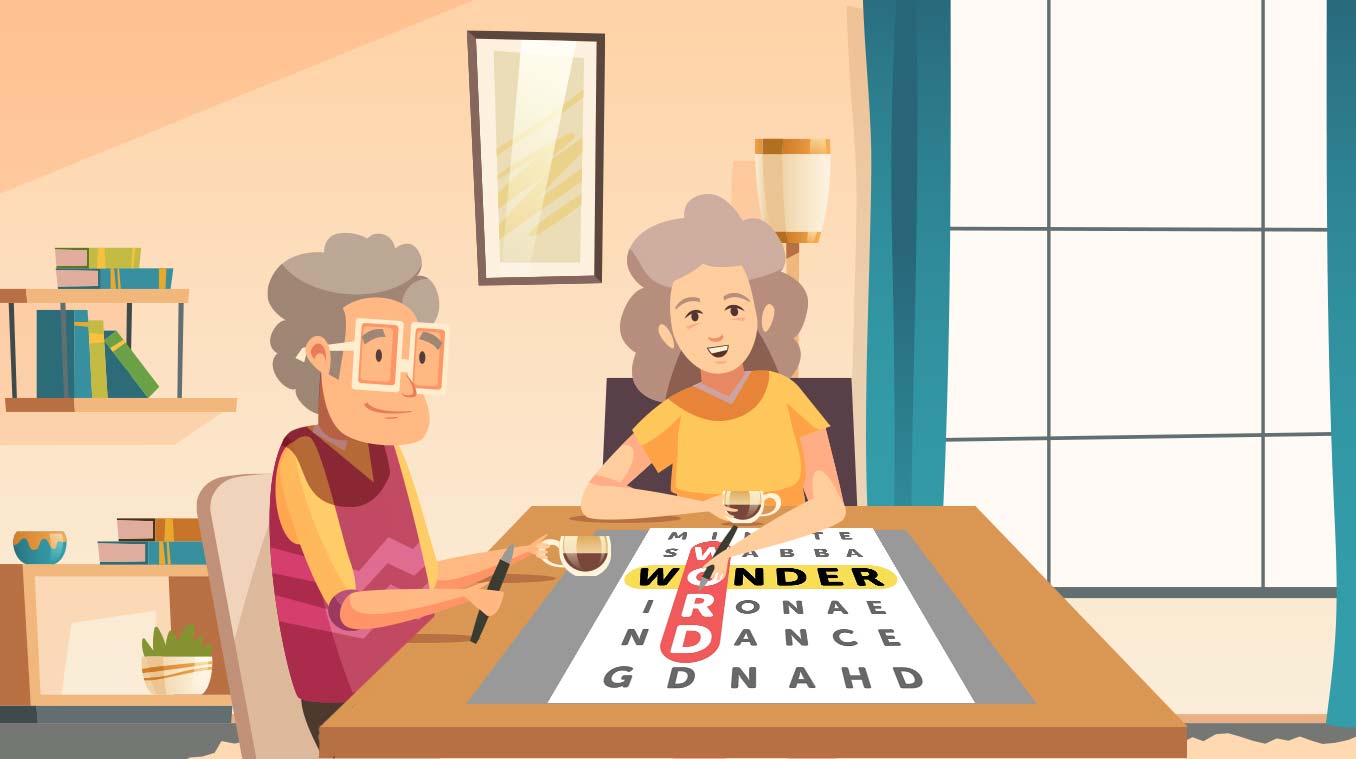
What’s Needed: Computer, tablet, or puzzles
Difficulty: Easy to Moderate
Engaging in activities that promote cognitive stimulation is important for your mental health and well-being, and it can also be helpful if you have dementia or Alzheimer’s disease. Some things to try are puzzles, memory games, interactive online activities, or word searches. While some cognitive stimulation activities can be done alone, there are plenty of others that you can enjoy doing with your family or caregiver.
8. Play Games

What’s Needed: Materials vary according to specific games but may include playing cards, board games, computer or tablet, game console, or video games
Difficulty: Easy to Moderate
Playing games is a fun way to pass the time, eliminate boredom, and connect with your caregiver or other family members if you are spending your time indoors together. There are so many options to choose from, including electronic or video games, board games, or card games. This could be a good time to try something different as well, so if you are accustomed to a certain type of game, you could use this time to try something new.
9. Bake or Cook
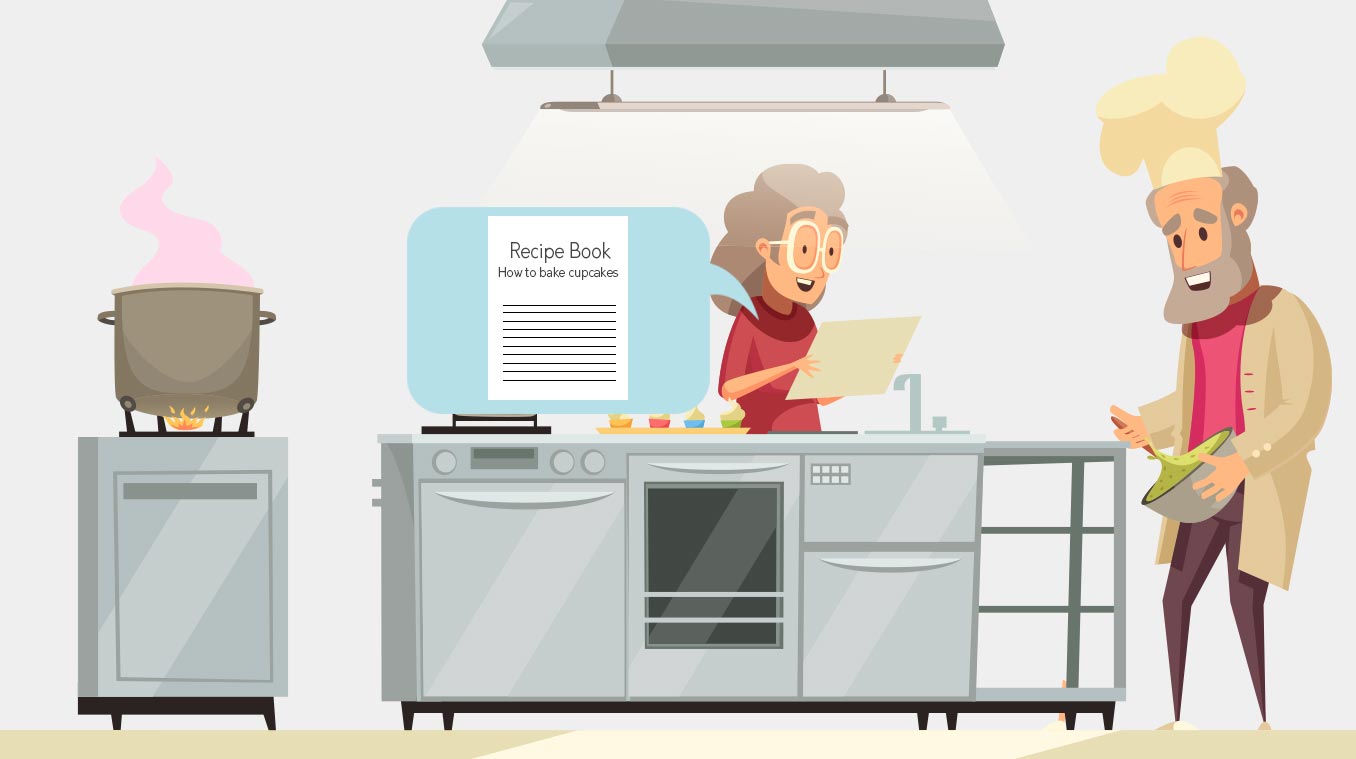
What’s Needed: Recipes and baking and cooking tools
Difficulty: Easy to Moderate
Take advantage of this time indoors by cooking your favorite meal or baking some treats. While spending time in the kitchen can be a great way to relax while alone, it’s also a great way to connect with your family if you are together, and you’ll end up with something great to eat when you’re finished.
10. Read

What’s Needed: Books, Kindle, or another device
Difficulty: Easy
Whether you enjoy fiction, nonfiction, or religious scriptures, reading is a great activity that you can either do alone or together with others. If you are not alone, you could read aloud to someone or independently, and to make things more interesting, think about choosing a book that you can discuss in your own mini-book club or study group. If you have difficulty reading small type, you should consider using a device, such as a Kindle, which will allow you to change the font size. You can even borrow library books for free and download them onto your Kindle, so you can choose from a wide variety of book options without leaving the house.
11. Arts and Crafts Projects
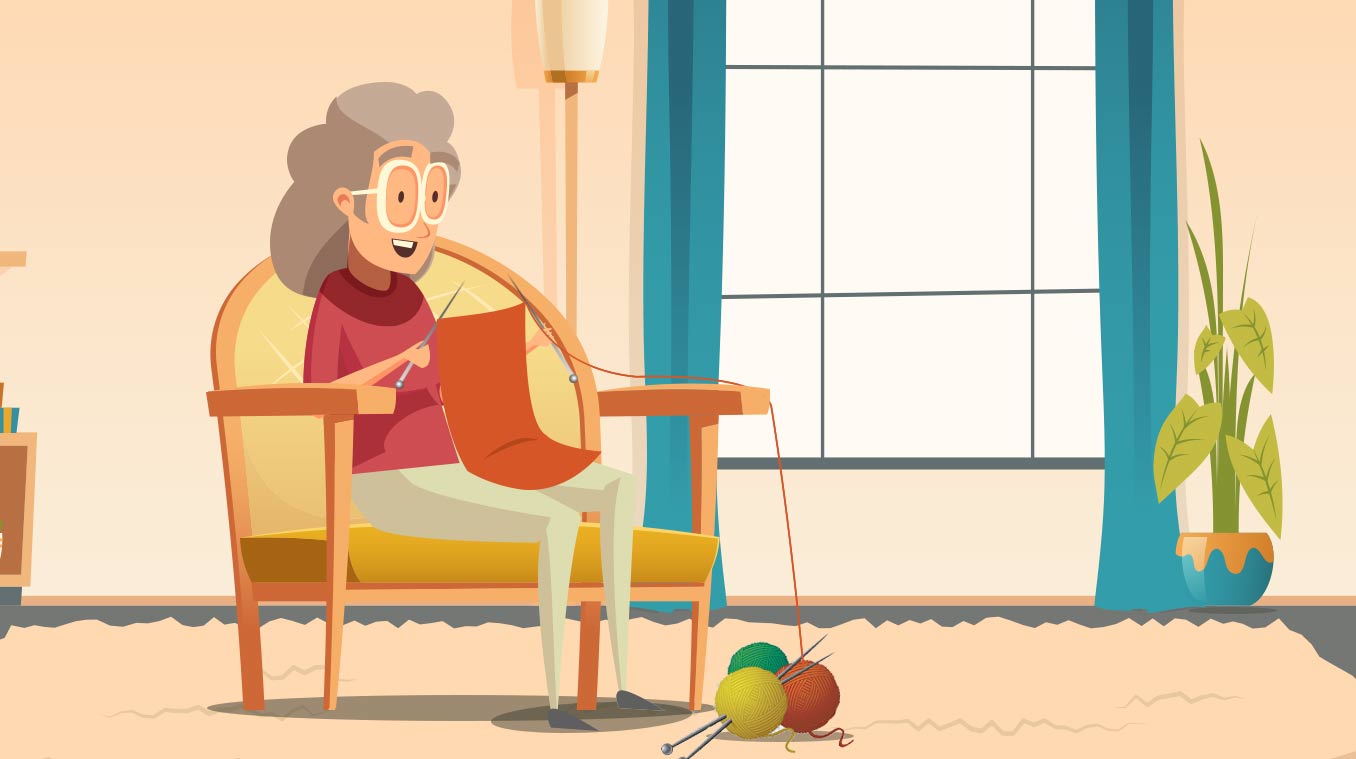
What’s Needed: Materials vary according to activity
Difficulty: Easy to Moderate
If you must stay indoors, you can stay productive by working on a hobby or craft project. This could be something like crocheting a blanket, painting a picture, or working on a quilt or other sewing project. This way, you are spending time doing something enjoyable that offers a tangible reward in the end.
12. Have a Spa Day
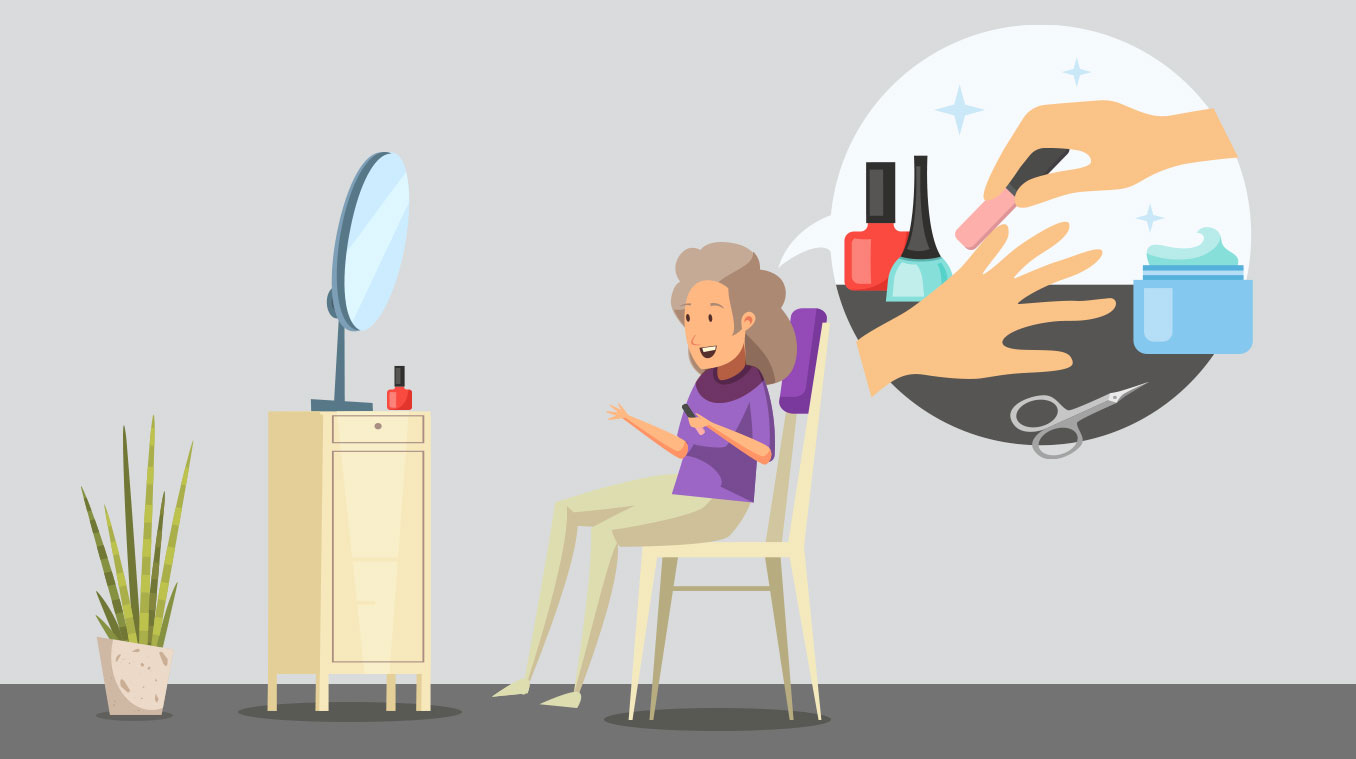
What’s Needed: Equipment varies according to activity but may include beauty products and tools
Difficulty: Easy
Just because you can’t get out to the salon or barbershop doesn’t mean you can’t engage in self-care activities. A do-it-yourself manicure or an herbal foot soak can make you feel pampered and boost your mood, and it’s important to do little things to take care of yourself, especially when you can’t leave your home.
13. Explore Genealogy
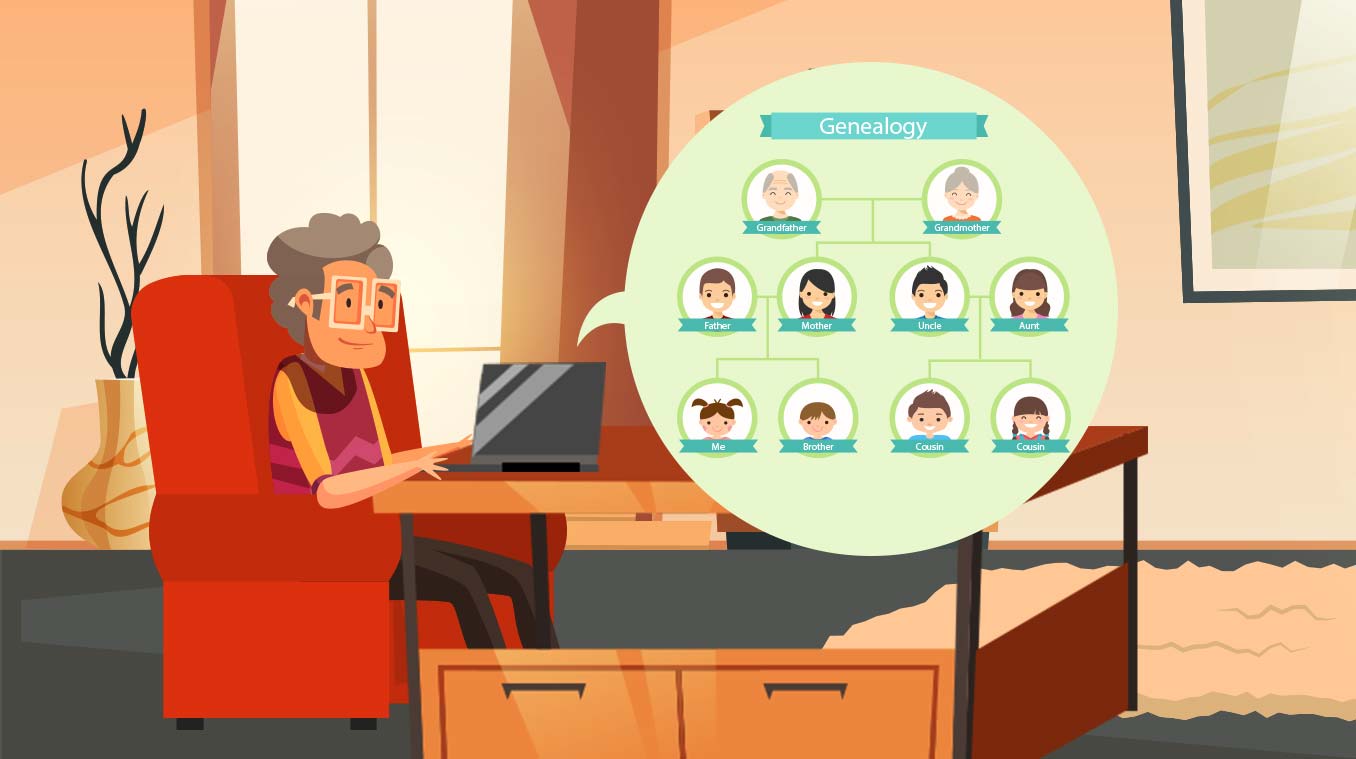
What’s Needed: Computer or tablet, membership to a genealogy website (optional)
Difficulty: Easy to Moderate
You can work alone or with a caregiver or family member to find information about your ancestors and other family members through online records. The National Archives is a good place to start. It provides access to census records, military records, land records, and immigration and naturalization records, as well as video workshops to help you get started. There are also genealogy websites, such as Ancestry or MyHeritage. Some information is available free of charge, but for more detailed information and copies of records, you could consider a paid membership.
14. Indoor Gardening
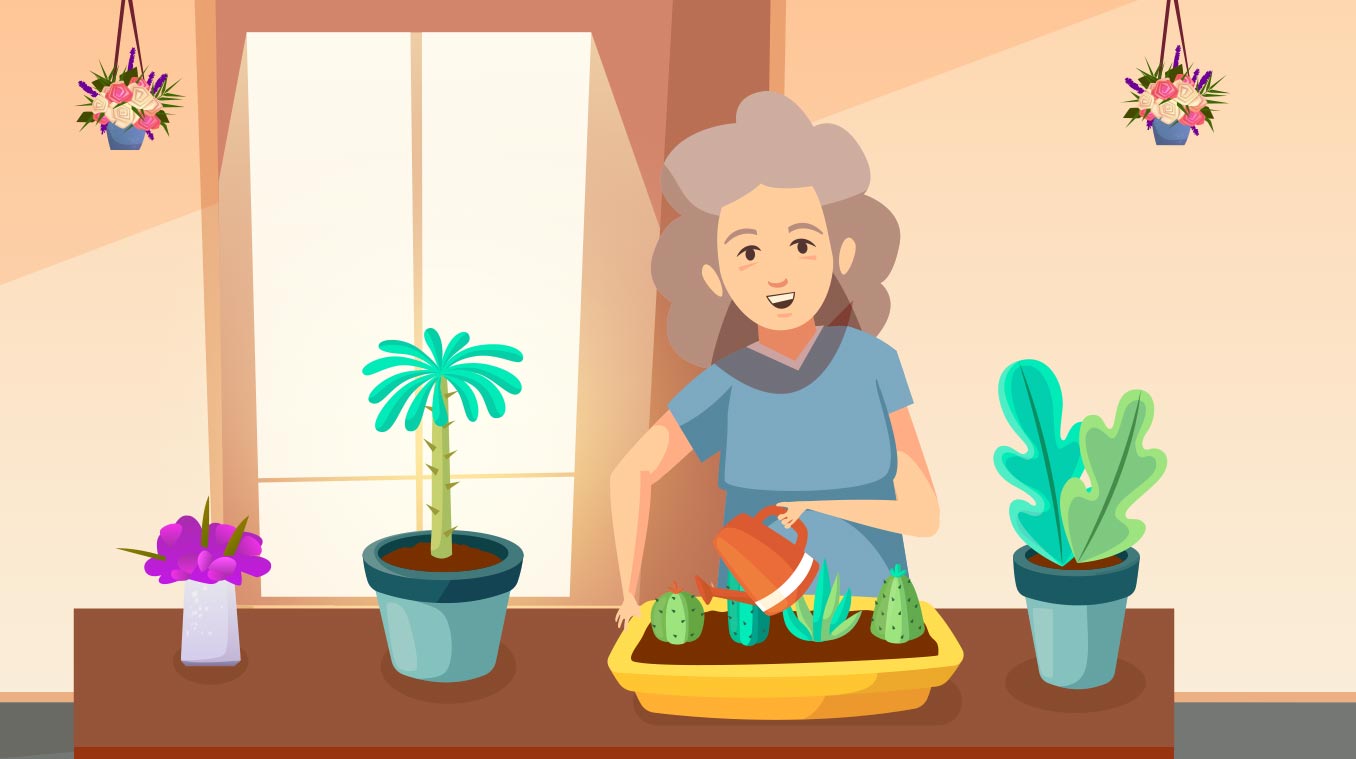
What’s Needed: Seeds or starts, gardening supplies
Difficulty: Easy
Take this time to do some indoor gardening. You could trim or repot existing houseplants or get seeds started for planting in a garden or in pots outdoors later. For small spaces, consider growing herbs that you and your caregiver or family can cook together with later. Basil, oregano, and parsley are great options to start with. You could even look online to find new recipes to try with the herbs you grow.
15. Write
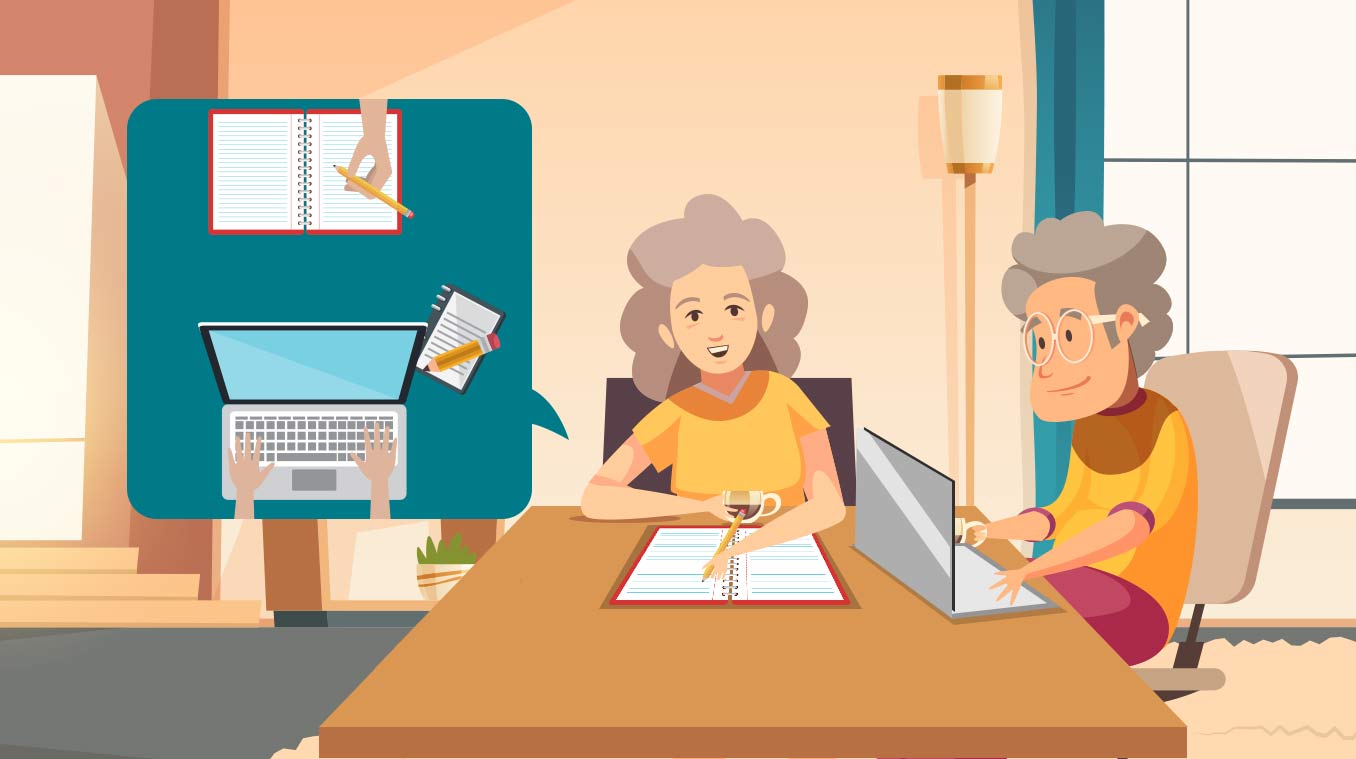
What’s Needed: Computer or notebook and writing instruments
Difficulty: Easy
Take advantage of your time inside to write about special memories, record your thoughts in a journal, or write poetry or short stories. If it’s too difficult for you to physically write or type, you could record your voice and have someone transcribe it later for you. Writing can be therapeutic for many people, and it can also be a great way to share stories with your family.
16. Watch Old Movies or Classic Comedies

What’s Needed: Television, DVD’s, or streaming service
Difficulty: Easy
Having a movie night, complete with old movies or classic comedies, popcorn, and cold drinks, can be a fun way to spend an evening by yourself or with others who are staying inside with you. Some streaming services only offer a small number of older movies, so you might want to purchase some classic movie DVDs if you enjoy movies that may be hard to find on television now. Turner Classic Movies (TCM) on cable also offers lots of old movies to watch.
17. Learn a New Skill
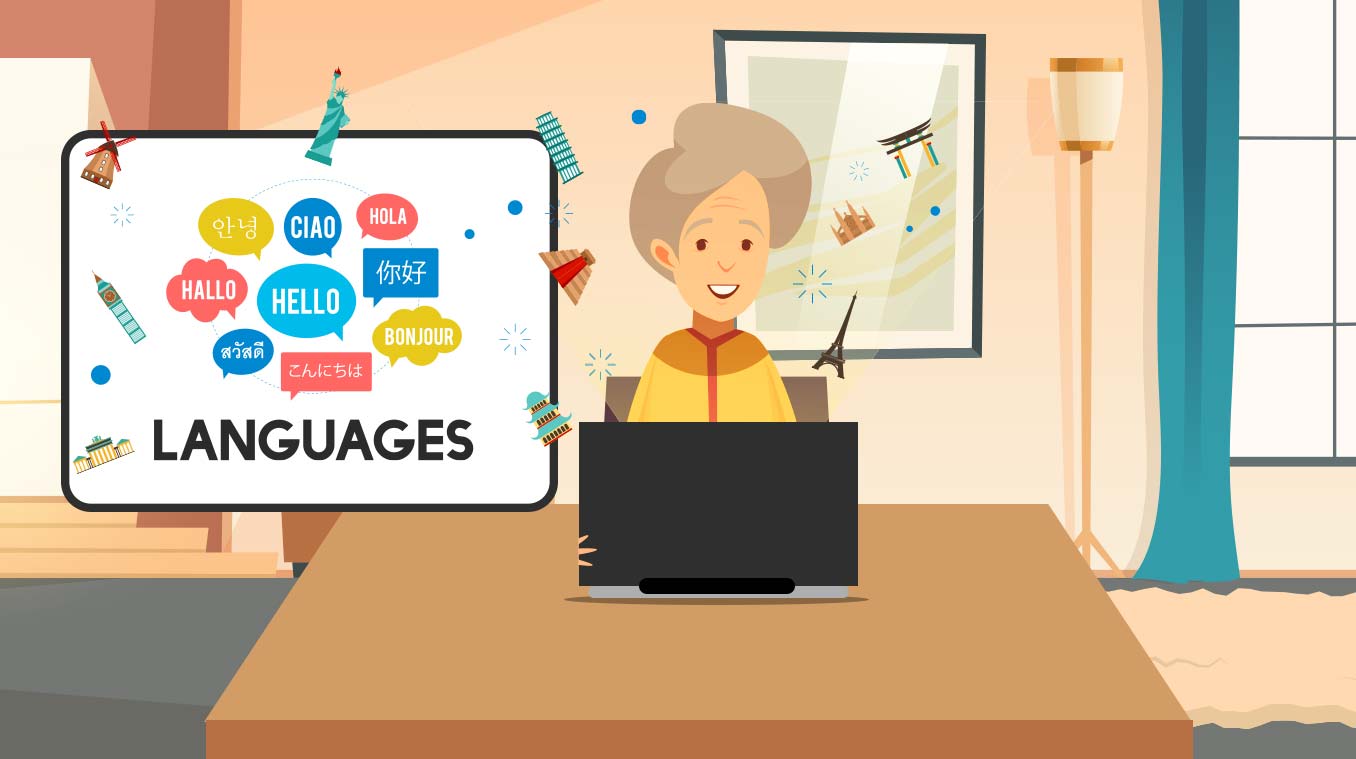
What’s Needed: Computer, smartphone, tablet, or book
Difficulty: Moderate to hard
Learning a new skill is a great way to pass the time if you are home alone for an extended period of time. It can also be a fun way to share a common interest if you are spending your time indoors with a caregiver or family member. If you have always wanted to learn how to knit, make homemade soap, arrange flowers, or even learn a new language, you could do so with another person or by yourself while you are at home. You could start with YouTube tutorial videos for learning many new skills. For learning language, there are free versions of apps, such as Duolingo, or you could use a paid program, such as Rosetta Stone.
18. Help with Charity Projects
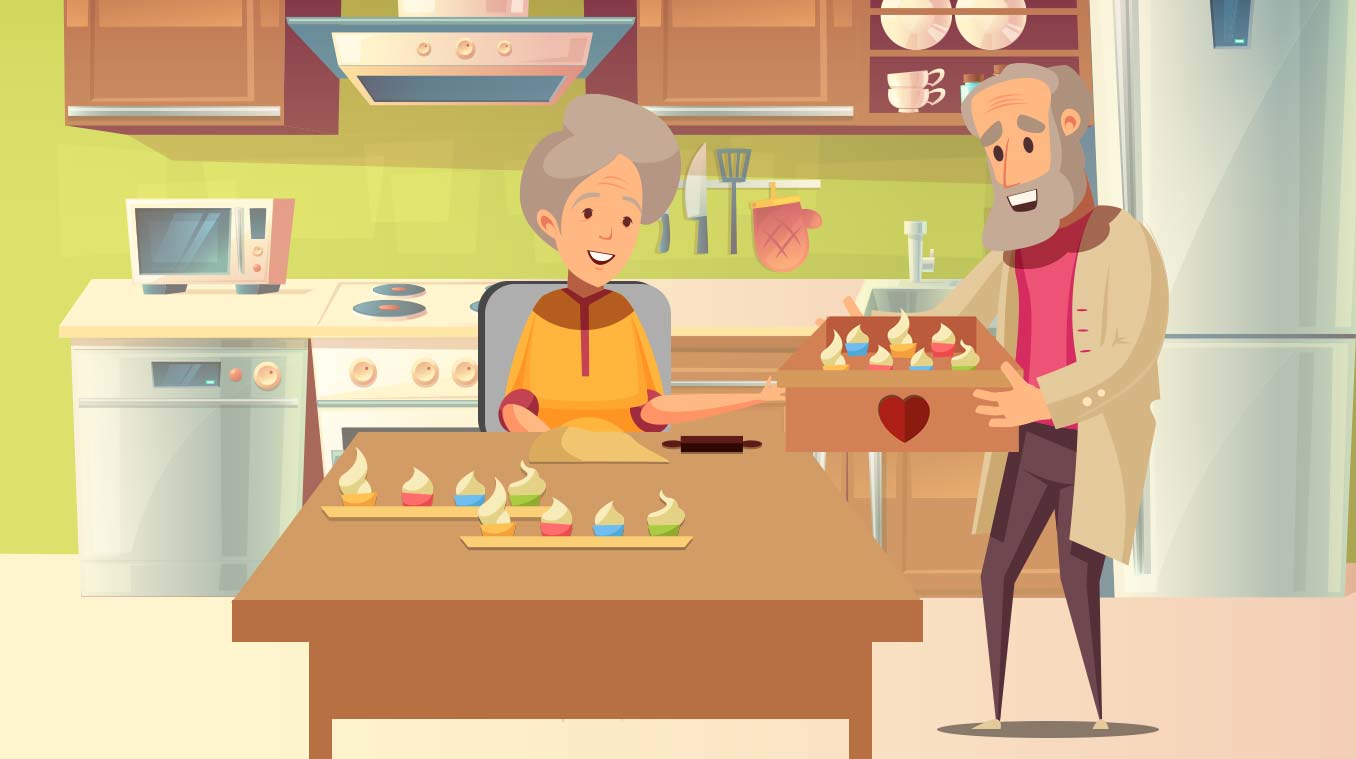
What’s Needed: Materials vary according to activity
Difficulty: Easy
You could see if there are any local charitable organizations, hospitals, or religious organizations that have projects to do, such as making no-sew blankets for hospital patients, baking cookies, knitting hats, etc. Working on charity projects can be incredibly fulfilling, and it can also bring a new sense of purpose to you.
19. Watch Church Services Online

What’s Needed: Television, computer, or tablet
Difficulty: Easy
If you are like many seniors, you may be disappointed at the idea of missing your church or religious services while you are at home, so you might want to find services on television. In many communities, local churches offer televised services, and others even live stream their services for those who can’t attend.
20. Make Your Own Cookbook
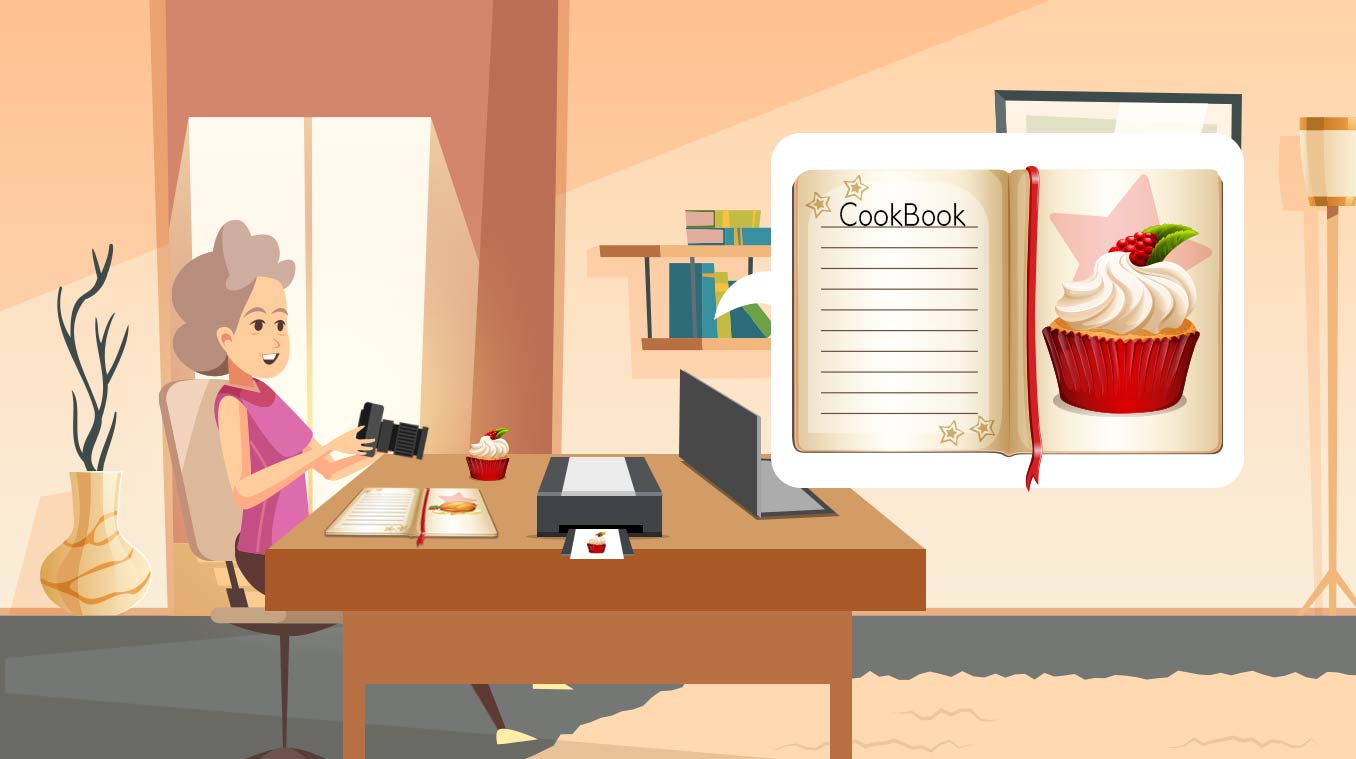
What’s Needed: Recipes, scanner or camera
Difficulty: Easy to Moderate
Many seniors have a collection of recipes they have collected over the years. You can preserve your family’s favorite recipes by organizing them into a format that others can enjoy. You could scan recipes to make digital copies and create a cookbook to share with the family. The final product will be shipped right to your door! And it’s only $20.
21. Watch a Concert on YouTube
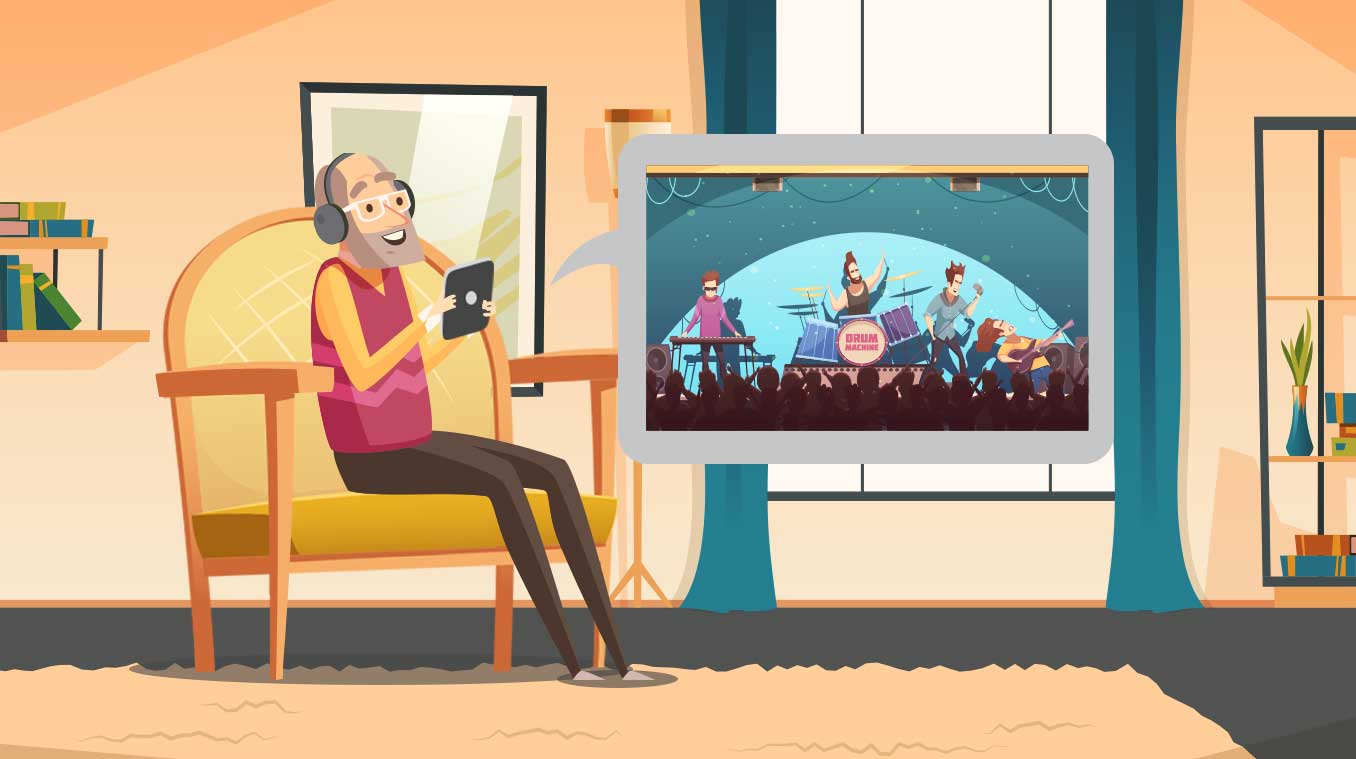
What’s Needed: Computer, smartphone, or tablet
Difficulty: Easy
For a fun activity, think about who your favorite musical artists are, and check out their concerts on YouTube. There are so many recorded concert performances to choose from, and you should be able to find music from any genre.
22. Shop Online
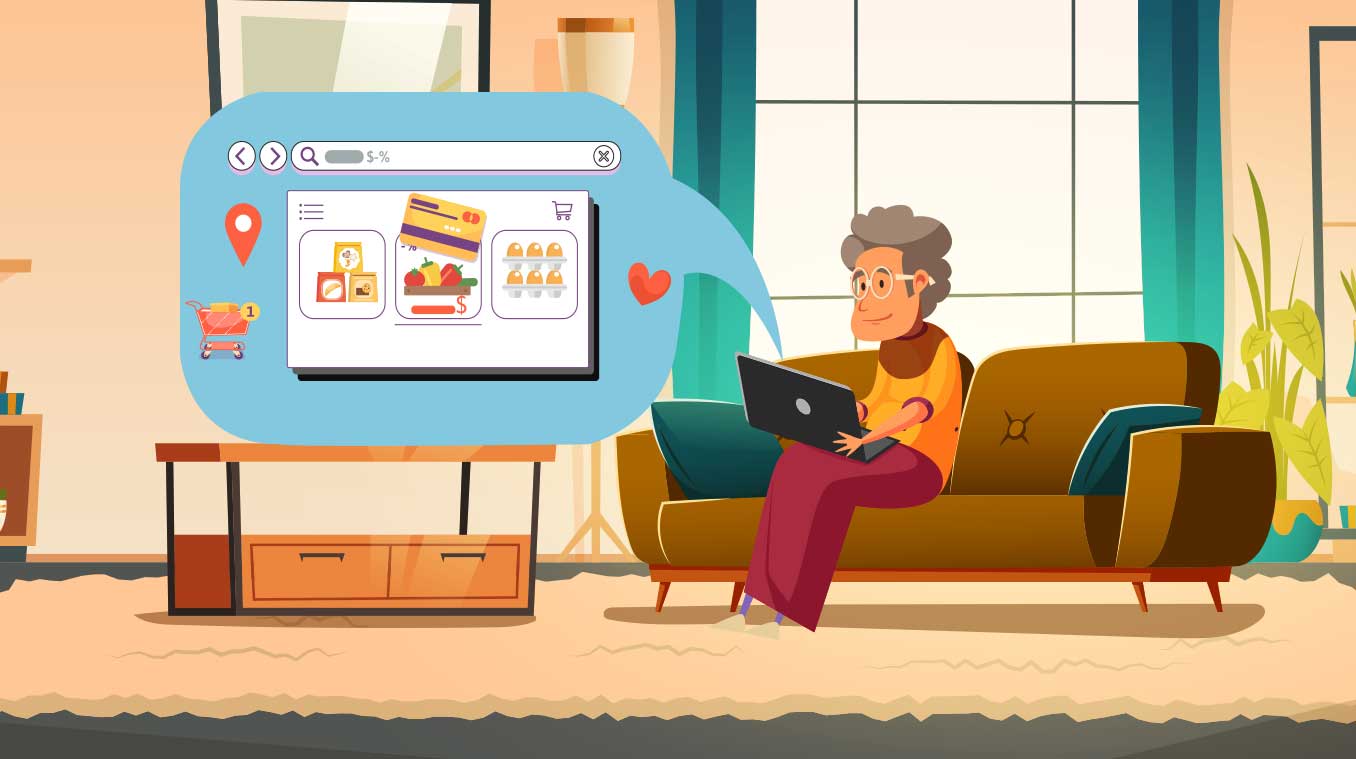
Difficulty: Easy
What’s Needed: Computer, smartphone, or tablet
If you need to purchase something and can’t wait until it’s appropriate to leave the house again, you could do some online shopping. Being confined to the house can make grocery shopping a little trickier, so take advantage of delivery services, or order grocery items online that you can pick up later.
You want to do everything possible to protect yourself from being infected with this virus, as well as the flu, colds, or any other ailments. The added element of social distancing can create new challenges, but while you may have to make some changes to the way you have been living, you don’t have to completely sacrifice fun and engaging activities. While you may be isolated, you can still find things to do that allow you to connect with others, learn new skills, or try new things.





